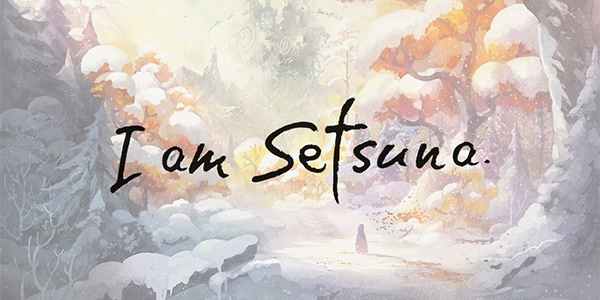
Square Enix ha rilasciato il primo video di una serie dove va ad intervistare i membri del team che ha lavorato ad I Am Setsuna, il capolavoro uscito quest’anno in Europa e sviluppato dai talentuosi ragazzi di Tokyo RPG Factory.
Im questo primo video, il director del progetto Atsushi Hashimoto ha risposto ad alcune domande che riguardano la pianificazione dei lavori durante le fasi di sviluppo di I Am Setsuna titolo che, ricordiamo, è attualmente disponibile in Europa su PC, via Steam, e PlayStation 4 mentre i giocatori giapponesi hanno potuto mettere le mani anche sull’edizione PS Vita.
In terms of priority, what rank does character development and world building list compared to gameplay and music when creating a new JRPG?
“Every element is important to us. We do not regard either of them as more important than the other. What is very important to us is ensuring that these elements are intertwined effectively so that we can achieve the gameplay experience we want to deliver.”
How did you feel coming up with all these elements that, despite being JRPG staples, were not present in I am Setsuna (inns, a world map, etc.), did their absence come naturally or did you consider this beforehand? Did you anticipate what the reception would be? I personally loved how the game doesn’t hold your hand at all times.
“Regarding the lack of inns, we actually received more feedback than we had anticipated. We decided not to implement inns because the in-game universe is not a peaceful place for ordinary people to travel around safely and we thought it therefore would be strange to have inns in such a world. How could inns possibly do their business while they rarely have guests coming in?
“As for the fact that you do not get a world map, we made this decision because we did not want a game where the player checks mini maps or a world map in order to carry on playing. We understand that you do get the next destination clearly indicated in many games. However, we believed that we must make the player use their brain to get their way through, as they would only be able to enjoy a sense of ‘a journey of sacrifice’ more acutely by doing so. This is what we had in mind from the beginning.”
I’m curious about what came first in this project: the game/battle mechanics or the story.
“Neither of them ‘came first.’ We developed these elements in parallel. However, some elements are difficult to develop until the story has been built. So, between the two, I would say that the story was cemented first.”
Did you at any moment consider including difficulty settings? I found the game quite easy to overcome once you know what you’re doing, and a little bit more of a challenge would have been appreciated. Will you consider upping the stakes or including several difficulty settings in future titles? Classic JRPGs were quite challenging, after all.
“Whilst you are absolutely right in thinking that classical RPGs were more challenging, I believe that one of the main reasons was the fact that they were actually ‘unkind’ as well as ‘hard.’ We started developing this game with an intention of excluding all ‘unkind’ aspects, because what we wanted to do was employ today’s attitude and technology to create a game which pays homage to classical RPGs. Although we do indeed find importance in helping the player get a sense of achievement as they overcome challenges of high difficulties, the bottom line for us was every one seeing the ending scene. This was the priority goal throughout our development.”
Fonte: Gematsu

